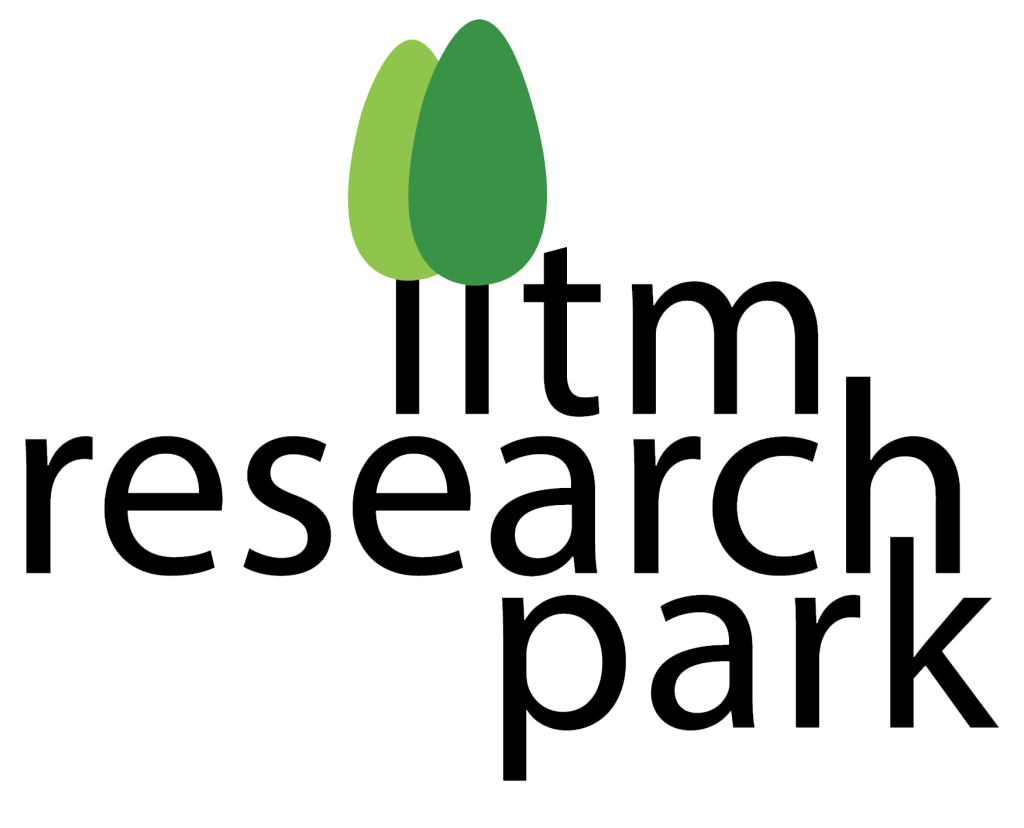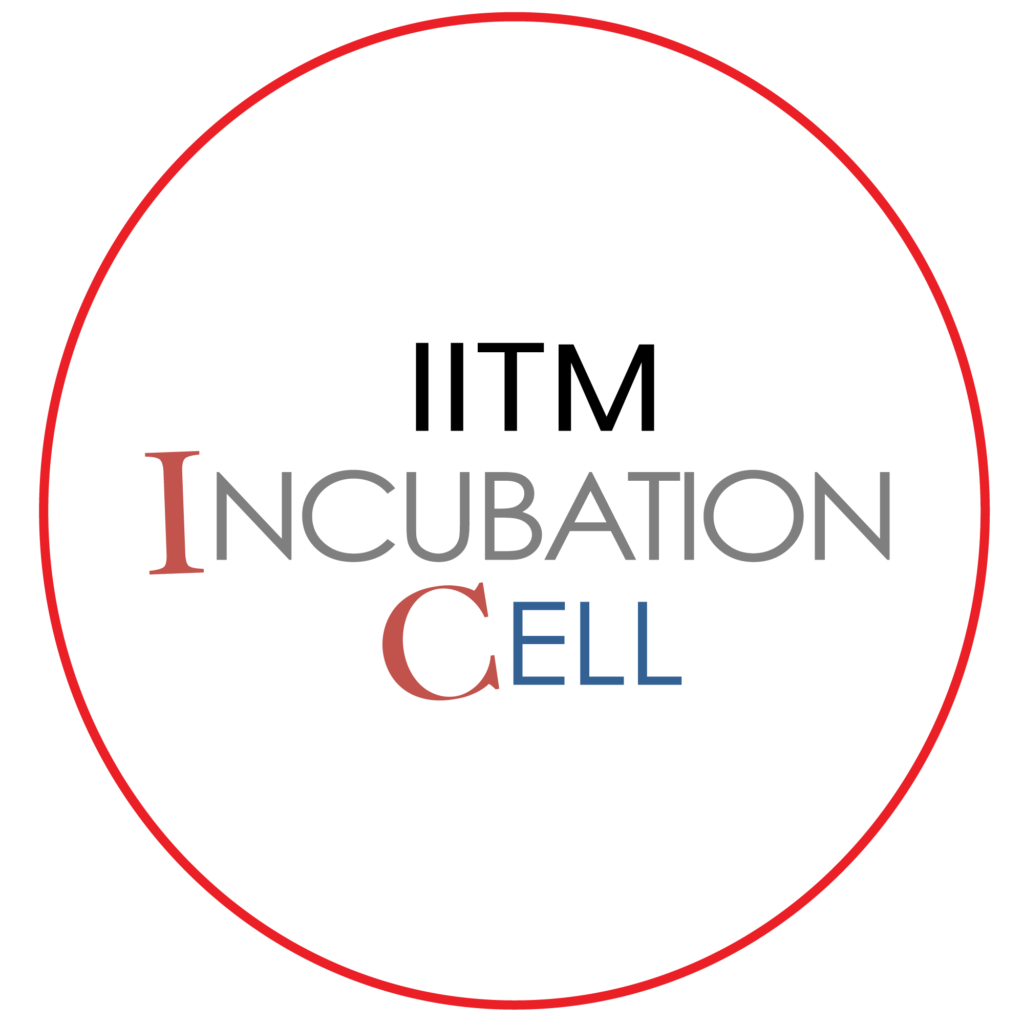2.1 Introduction
(5 Min Read)
At the global level, WHO has shortlisted the fifty most essential assistive products that every nation must provide for its citizens with disabilities. To ensure that persons with disabilities have access to good-quality AT products and service, WHO has recently published the ‘Assistive Product Specifications’ document.
3 Min Watch
Any product development cycle consists of the following stages:
- Design thinking process to identify and refine a solution
- Commercialization and rollout of product
Let’s look at both these stages of the product development process in detail in the following sections.
2.2 Design-thinking for user-centric product development
(25 Min Read)
The design-thinking process has five steps – these are non-linear and involve several iterations and feedback loops along the process. By adapting this flow, developers and designers can address a range of challenges to solve a complex problem for the end user. As discussed in Module 1 of this course, AT requires high degree of customization, hence users or Persons with Disabilities must be at the core of the design-thinking process. A user-first approach and continuous feedback loops can ensure that the solution is accessible and user-friendly.
- Empathize – Engage with and understand the end user’s perspective, their emotional and psychological product experience
- Define – Narrow down focus by defining the problem to be addressed
- Ideate – Challenge assumptions and brainstorm to come up with ideas and analysethem to identify ones with the best potential
- Prototyping – Convert the chosen idea into a more tangible prototype
- Testing – Test the prototype with multiple users under various conditions to determine usability and robustness.
19 Min Watch
Here is a video showing a team from MIT undergoing the design-thinking process to redesign the walker for the elderly who need support while walking. A variety of stakeholders, from multiple disciplines (multi-disciplinary approach) collaborate and share knowledge with each other to come up with an effective solution.
2.3 Commercialization and scaling up
The design-thinking process enables a product developer to arrive at a solution for the user and validate its usability. The next stage is to take the product to the market, into the hands of users across the globe.
The video by WHO (World Health Organization) throws some light on why AT adoption can only be ensured by an individualized, last-mile service delivery process.
4 Min Watch
We are faced with a unique challenge – High customization needs in a population of Persons with Disabilities, low purchasing power andgeographically scattered users. Scaling up and commercialization becomes a difficult task. Innovative approaches are required at every stage of the AT solution – from idea to the market. Let’s look at the story of an interesting AT solution from the idea-stage to market-stage to better understand these challenges.
Journey of an AT solution from idea to market
120-min- Recorded lecture
Resource Person:
Dr.Sujatha Srinivasan,Professor, Dep of Mechanical Engineering
Head -TTK Center for Rehabilitation Research and Device Development(R2D2)IIT Madras
sujsree@iitm.ac.in
Focus Area Covered:
The journey of the standing wheelchair from design to commercialization- the work required to conceptualize an AT solution and bring it successfully to the market.
GRID Model Source Link : (PDF) GRID: a model for the development of assistive devices in developing countries (researchgate.net)
2.4 Conclusion
(1 Min Read)
Good design enhances product usability and sustainability. Aspiring entrepreneurs in Assistive Technology, are faced with the big challenge of developing a good-quality, world-class products in an immature AT ecosystem in the country. More hands and brains are needed to work in this area, to see the fruits of their collective endeavour. We hope to educate youngsters taking up this course with hopes of creating excitement and getting them to contribute towards product development in the AT domain.
“Now that you have done this module, click to the next Module to know more!”


